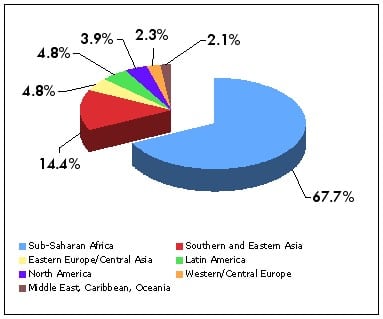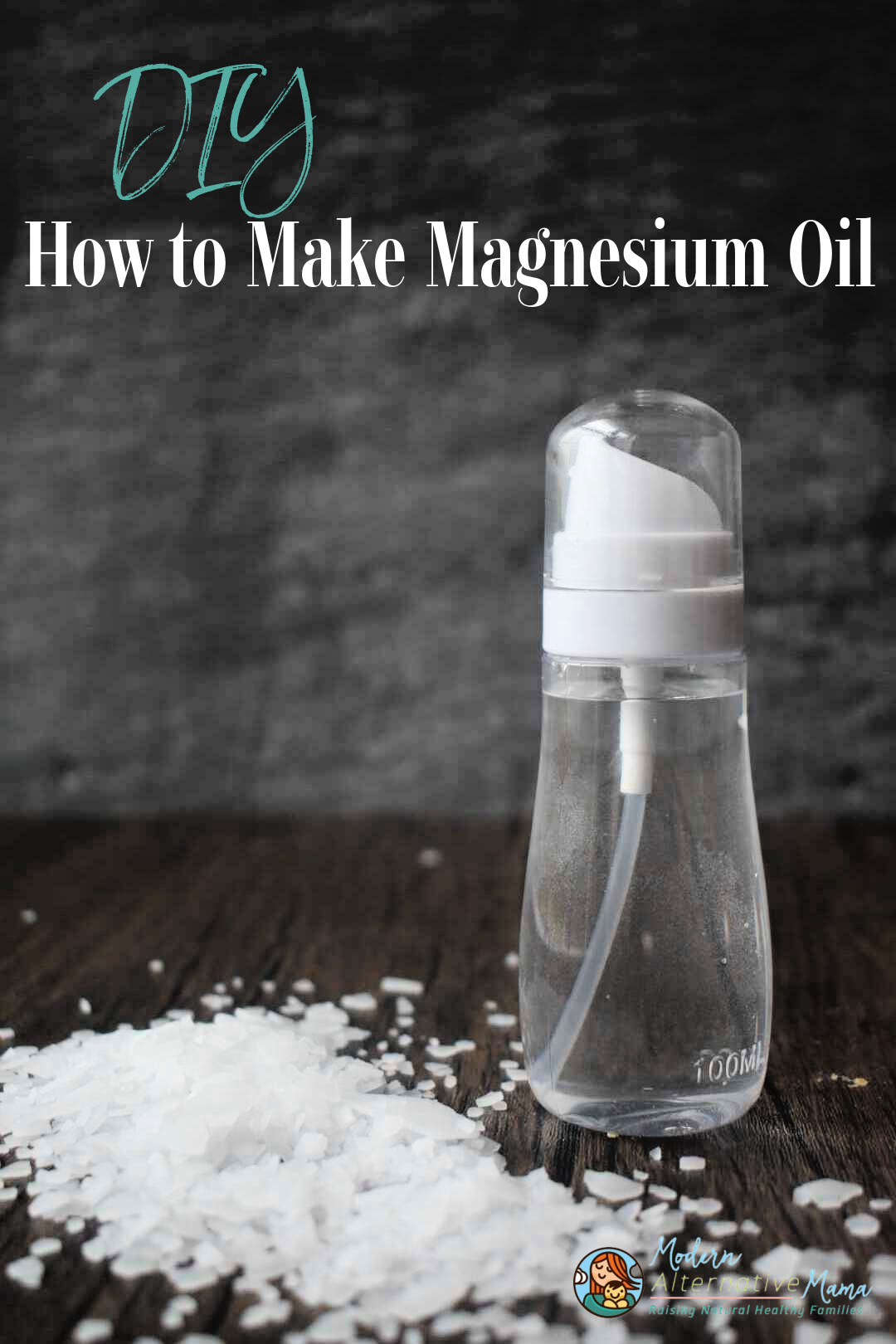You’re pregnant, and you’ve found out you’re having a baby boy. You’ve likely talked about circumcision by now. Maybe you’re for it, maybe you’re against it, or maybe you don’t know how you feel yet. So, you start looking around. You ask your doctor or healthcare provider. And, you find a lot of information about the American Academy of Pediatrics’ stance on circumcision. You had heard that they didn’t recommend it at all, but all of the sudden, now…
On August 27, 2012, the American Academy of Pediatrics released its revised statement on its male circumcision policy. The last statement released in 1999, stated that the “Existing scientific evidence demonstrates potential medical benefits of newborn male circumcision; however, these data are not sufficient to recommend routine neonatal circumcision.” This year, the new statement reads, “Systematic evaluation of English-language peer-reviewed literature from 1995 through 2010 indicates that preventive health benefits of elective circumcision of male newborns outweigh the risks of the procedure”, yet ultimately leaves the decision to the parent on whether or not they feel circumcision is best for their child.
So, Why is This Change in Policy so Important?
Parents look to organizations like the American Academy of Pediatrics for trustworthy advice on how to best care for their children. When a large organization, which we expect to be looking out for the best interests of our children suggests that we are doing a service to our babies by cutting healthy tissue because it will provide them health benefits in the long term, parents tend to listen. Because preventative health benefits sounds scary, and no parents want to hurt their babies right?

http://www.aap.org/en-us/Pages/Default.aspx?nfstatus=401&nftoken=00000000-0000-0000-0000-000000000000&nfstatusdescription=ERROR%3a+No+local+token
Conversely, the AAP “opposes all types of female genital cutting”. I can only assume that if the AAP endorses the cutting of male genitals and not female, there must be some great inherent danger in having a foreskin, whereas the labia and clitoris are inherently riskless.
Or, could it be that the AAP hasn’t told a complete truth? Is this simply scare tactics that still didn’t leave parents with any valuable information regarding the best practice when it comes to their son’s genitals.
Let’s examine some of the risks the AAP outlines in the statement:
Reduced Risk of Urinary Tract Infections
The AAP statement suggests that the risk of acquiring a UTI is reduced in the first year of life.
This study in 2000 states that of infants under the age of 1 born in 1996, 446 were diagnosed with UTIs, 154 of those being male. Of these, 132 were uncircumcised. The study also showed that the cost of UTI management in males was about twice that of females, and the cost of management in the uncircumcised male was 10 times that of the circumcised male.
In 1996, the Registry of Births, Deaths, and Marriages shows that 87,877 babies were born. So, in this study alone, the risk of a UTI was .5% if you were born at all, .175% if you were born a male, and .15% if you remained uncircumcised. That means that the recommendation to remove an infant male’s foreskin forever (and ever and ever and ever and ever and ever) is being made to prevent a relatively minor and highly treatable complication that happens in 1/571 male infants regardless of having the procedure done, just because an uncircumcised male appears to be at greater risk.
And, where is the recommended prevention technique for females at birth? Being that females are at a greater risk than males as a general rule, I would expect a similar preventative technique for them as well.
That’s right, there isn’t one.
One can only assume this is so, because UTIs don’t require some extreme and surgical preventative measure. So, then, for the AAP to use this as a reason to endorse the surgical removal of healthy penile tissue seems extreme.

http://www.telegraph.co.uk/health/7046525/Breastfeeding-the-miracle-of-mothers-milk.html
Simple, non surgical, non medical measures can be taken to help ensure your baby, male or female, doesn’t acquire a UTI.
- Breastfeeding – breastfed infants have been shown to have a significantly lower risk of UTI.
- Breastfeeding moms should avoid artificial and sugary drinks, drink plenty of water, and avoid excessive caffeine.
- Avoid artificial bubble bath products
- Don’t forcibly retract the foreskin of a baby. The child should always be the first to retract his foreskin
- Keep baby’s diaper clean and dry
- In the older child, teaching proper hygiene and promoting a good diet
Reduction in the Risk of Penile Cancer
According to the American Cancer Society, penile cancer makes up less than 1% of male cancers in the US, but is significantly higher in other parts of the country (accounting for about 10% of cancers in males). 95% of these cancers are in squamous cells, and can develop anywhere on the penis, but most are on the foreskin or glans. The risk of acquiring penile cancer in developed countries is about 1/600 in uncircumcised males.
Some of the risk factors for penile cancer are:
- Intact foreskin
- Phimosis (tight foreskin that is difficult to retract)
- Smegma (normal build up of dead skin cells and oils under a foreskin – females also produce smegma)
- HPV
- Smoking
- UV light treatment for psoriasis
- AIDS
- Age (about 4 of 5 cases were diagnosed in men over the age of 55, the median age being 67)
Since we’re interested in how circumcision affects penile cancer rates, we’ll leave age, psoriasis treatment, and smoking alone, and touch on STDs in a bit. For now, let’s focus on the top three.
In older research, it was suggested that smegma caused penile cancer, but it is now more widely accepted that excessive build up of smegma may irritate the penis, which may increase the risk of cancer. Since phimosis can make the penis hard to clean, the theory is that it can contribute to this build up.
These are both easy to deal with. To reduce the build up of smegma, boys need to be taught proper hygiene, which, by the way, consists of retracting the foreskin and rinsing the head of the penis off with water. If phimosis is a concern, there are many non surgical options. The foreskin can be stretched either manually using an array of stretching tools like the Glansie or the TLC Tugger.
Now – what about the female external reproductive cancers? Surely the risk must be very low? According to the American Cancer Society, 1 in 406 women will develop vulvar cancer. That’t right – women are at higher risk of being affected with genital cancer, and more likely to die from said cancer, yet the AAP does not deem this a worthy cause for removal of healthy tissue at birth.
(Fun fact: in 2012, 1570 new cases of penile cancer and 310 deaths were expected, while 2190 cases of male breast cancer were expected, resulting in 410 deaths.)
Reduction of Risk of STDs
The AAP statement argues that circumcision reduces the risk of certain STDs, including HPV, genital herpes infections, and heterosexual HIV. The idea is that by removing the mucosal lining of the inside of the foreskin, it is harder for germs to permeate through the tougher skin left around the head of the penis. This conclusion was made from a 2009 study connecting male circumcision to increased HIV and other STD infection in Ugandan men.
Female genitals also have mucosal lining. The studies regarding male circumcision consistently state that the benefits to the male throughout his life will be passed on to his female sexual partners through his life. If the concern is with female infection as well, why are similar ‘preventative health measures’ not also taken for them?
Forgetting, for now, that the study is based on adult males in an entirely different culture than our own, the AAP statement does not once mention the word condom. In the aforementioned study, 60 circumcisions were required to prevent one case of HIV infection. In other words, circumcision had a .016% effectiveness rate in prevention of HIV. This study from 2000 shows that condoms have an 85% success rate in preventing HIV infection. Another study found similar results of 80-95%. In short, a more affordable, less invasive solution exists to a problem that you may or may not be exposed to.
It stands worthy of addressing that there is a general stigma against wearing condoms, mostly for reasons of fit and discomfort. There is a cool company addressing these issues called They Fit , begging the question ‘Why didn’t I think of that!?‘
What the Statement Does Not Address
The AAP statement focuses on the supposed health risks of being uncircumcised, but never discusses the health risks of being circumcised, nor does it mention what is to be lost by not having a foreskin.
- The biological function of the foreskin
- Infant response to pain, both physically and psychologically
- Disruption of breastfeeding and bonding with mother
- Studies that suggest infants remember the pain of their circumcisions
- Questions that circumcision violates male children’s rights
- Complications and deaths from circumcision
- Medical ethics questionability – First Do No Harm
- Reduction of sexual function as a result of the removal of the foreskin
- Potential of emotional trauma as an adult
Ultimately, the AAP leaves the choice of whether or not to circumcise in the hands of the parents. And, I agree. The decision of whether or not to circumcise is a deeply personal one – a decision that requires a lot of thought. The people who are at the forefront of the medical community shouldn’t be doling out advice based solely on fear. The information should be broad spectrum and cover all possible outcomes of the procedure, not just those that are at a low risk of happening or preventing.
More resources:
- International Coalition for Genital Integrity
- Circumcision Information and Resource Pages
- Circumcision Resource Center
- Cut – The Film
- Circumcision Facts










Will have to make this decision soon. Unfortunately, one thing that plays a big role (wether it should or shouldn’t-it is still a factor) is the fact that his father and his older brother both are.
Jennifer,
I have been where you are. My husband, and two older boys ALL are circumcised. I did not know any better when I had my first two. By the time I had my third, I had much more information, and knew that it was a cosmetic surgery, and a permanent and painful alteration to my son’s body. I regret having my first two sons cut, and am so, SO thankful that I got correct info in time for my third. They don’t all have to match-my boys don’t all have the same color hair (in fact, all three are different!), nor do they all have the same color eyes. Matching penis’s is not a requirement for good relationships. Please don’t put your new baby boy through this, “when we know better, we do better”
Blessings
There is also the fact that, if a boy wants to have part of his penis cut off to look like his dad, he will probably ask. you can’t assume he will want to match his dad more than he will want to have a normal penis. how much time have you spent thinking about your mom’s genitals? your son probably won’t spend a lot of time looking at his dad’s penis, but if he does, he’ll probably notice the pubic hair more than the lack of foreskin. I have two intact boys and a cut husband, and my boys have never ever noticed their dad doesn’t have a foreskin.
Also where you refer to the new testament for reasoning that circumcision is no longer promoted. Those verses we’re talking about salvation and Paul was trying to bring the Jews and Gentiles together. He clearly says you don’t have to become circ as an adult to enter the faith just because you weren’t as a babe. He wasn’t say don’t circ. Paul was often trying to tell the Jewish people to stop making it difficult for the Gentiles to come into the faith. He often was showing the people that salvation was based on faith not works. However it’s clear when you love Jesus you have a desire to follow his word and everything that you feel he’s calling you to do in and out of the Bible. But Bible does not say not to circ. I have researched this and prayed about it. I am a lover of Jesus and don’t appreciate you backing this subject with the Bible because that’s not clear. If you chose not to good for you.
And of course if you don’t believe in the Bible this doesn’t apply. I would not expect you to follow Biblical practice. My comment was for people who started using the Bible for back up. I don’t believe you can. I agree everyone should have the choice.
Thanks, Jaime
One other point not often discussed is that in addition to losing about 50% of the male foreskin (which is a pleasure center), sex is better for women with an intact man. A natural foreskin provides a rolling lubrication which reduces the friction that often causes a woman to need to add an artifical lubricant. There is no good reason to circumcised., as evidenced by the fact that there are very few, if any, intact adults who choose to get circumcised.
when we figure out the answer to ‘ who owns your penis ‘ circumcision rates will plummet
[…] Response To The AAP Statement On Circumcision by Jamie at Modern Alternative Pregnancy […]